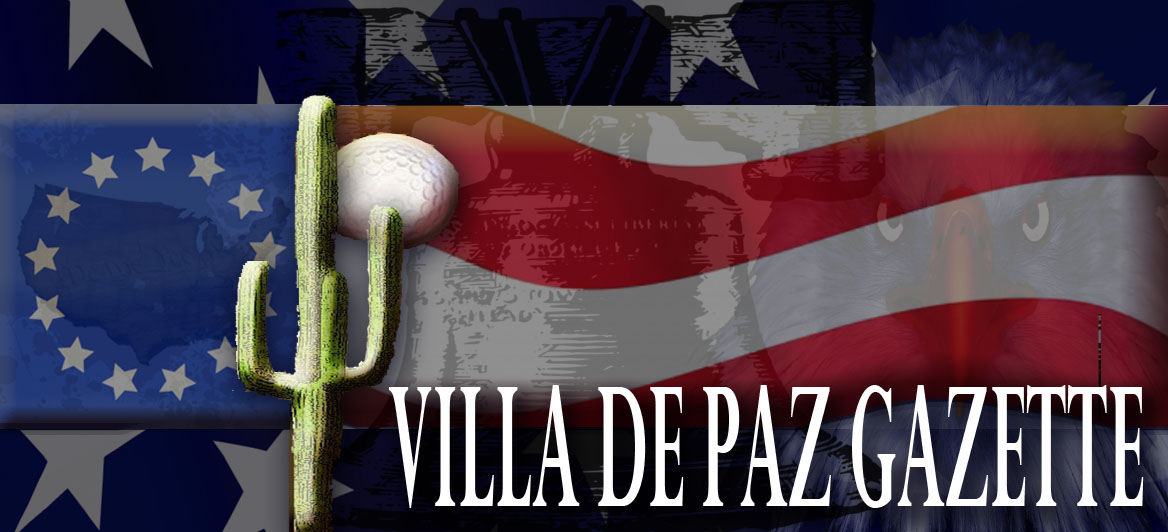Building Materials / Tucson
_________________________________
Archaeological excavations conducted for the City of Tucson by Desert Archaeology near the 800 block of West Congress Street recently exposedthe foundations of a turn-of- the-century brick manufacturing plant and several 2,700-year- old Early Agricultural period pithouses. Initially, the brickyard seemed like an obstacle betweenthe archaeologists and the ancient site below. However, as excavations progressed, it became apparent that the historiccomponent of the site could enrich studies of modern Tucsonans' efforts to adapt to life in the Santa Cruz River valley.
The Tucson Pressed Brick Company (TPBCO) operated on the west side of Tucson between 1908 and 1963, but brick manufacturing on the site began as early as 1896. The founder of the brickyard was Quintus Monier, an architect and stone mason. Mr. Monier and the brickyard that he founded played a very important role in the expansion of Tucson by providing an abundant supply of low-cost, durable, fire-resistant construction material.Excavations and historic research on TPBCO have shed light on early twentieth-century brickmaking and architecture. They also have revealed competing efforts to erase both the Old-Western and eastern American images of the city as economic fortunes changed. Early image-conscious Tucsonans' efforts were devoted to the eradication of Tucson's adobe heritage. Later campaigns to revive that heritage attempted to recall a stereotype of the Tucson that existed before the influx of eastern U.S. migrants, sometimes at the expense of memorable and monumental brick architecture.
Source: Archeology in Tucson
